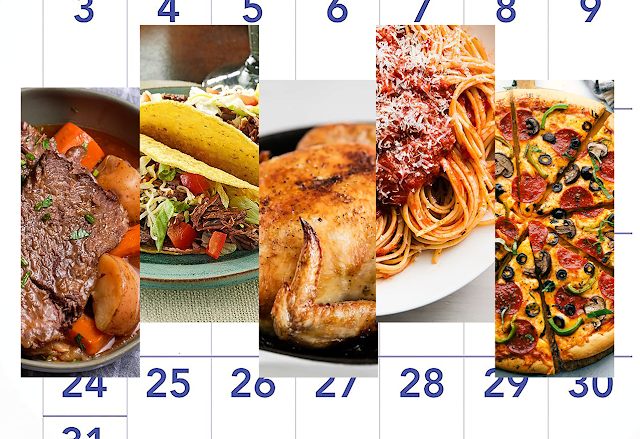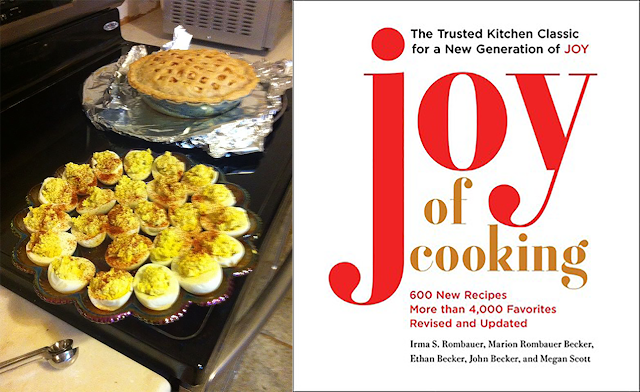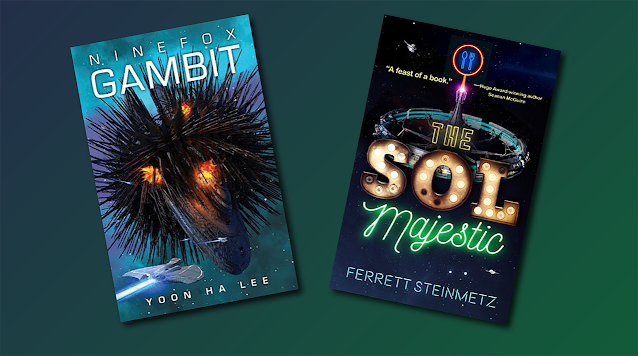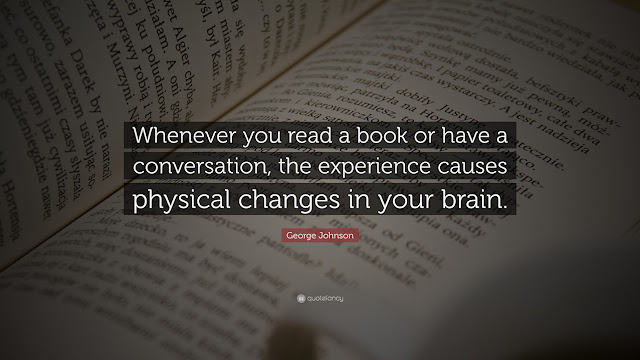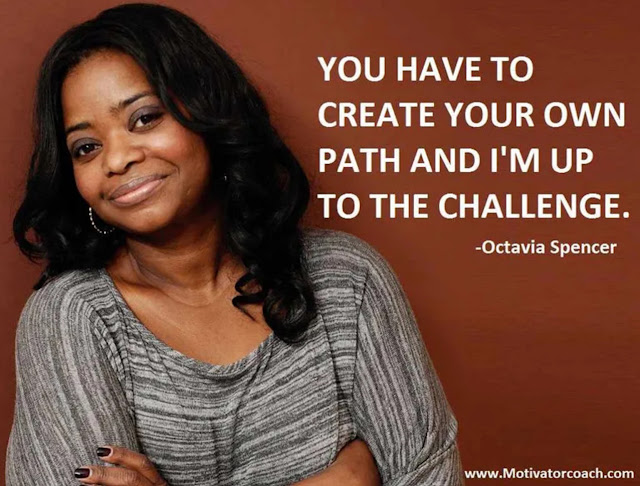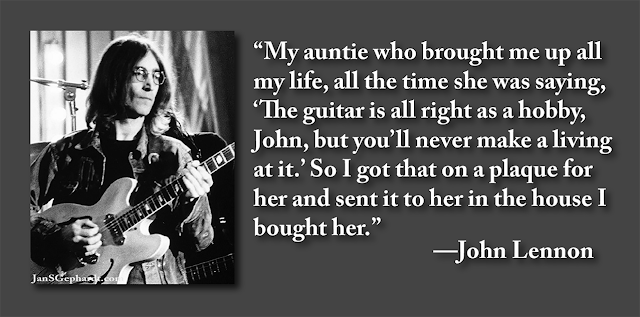By G. S. Norwood
We are in the middle of what passes for winter in Texas. Not like the deep freeze we had last winter, thank goodness. A typical Texas winter means we have many days when the temperatures hang in the mid-fifties during the day, sometimes dropping into the twenties overnight. And when temperatures drop in Texas, Texans make chili.
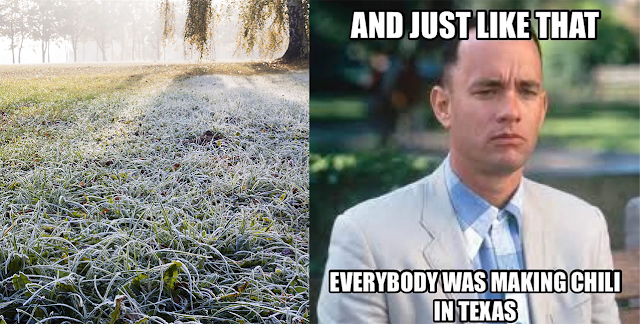 |
| When temperatures drop in Texas, Texans make chili. (See credits below). |
A Bowl of Red
Chili looms large in Texas mythology. Cue the image of cowboys sitting around the campfire, eating bowls of chili while someone plays a harmonica in the background. Back in 1966, beloved Dallas journalist, restauranteur, and historian, the late Frank X. Tolbert wrote what remains to this day the definitive work on chili. In A Bowl of Red, Tolbert offered up recipes, profiles of chili masters, and lots of tasty historical tidbits, all collected on his way to founding what is now called the Original Terlingua International Championship Chili Cookoff, held every November in Terlingua, Texas.
For more than 50 years now, folks have been flocking to Terlingua, or simply starting their own chili cookoff competitions, in pursuit of the best, the ultimate, the absolutely perfect bowl of red. Along the way, the Terlingua competition has spawned many legends and inspired at least one classic outlaw country recording—Jerry Jeff Walker’s ¡Viva Terlingua!—all of which have only added to chili’s mythic stature.
Please note that ¡Viva Terlingua! has nothing to do with chili and was actually recorded in Luckenbach, Texas. But the wide-open craziness of the Terlingua Chili Cookoff has resonance in Texas, and somebody must have figured the name would sell a lot of records. Which it did. (Luckenbach is a whole ‘nother story.)
 |
| Photos from the 2021 Original Terlingua International Championship Chili Cookoff. (See credits below). |
Beans? No Beans?
Chili con carne is a basic of Tex-Mex cooking, but modern Texas chili has evolved far beyond a simple sauce of chili peppers and meat. Traditional Tex-Mex cooks treat chili con carne (chili pepper sauce with meat) more like gravy than a hearty stew than can make a meal all by itself. Chili con carne, like chili con queso (chili pepper sauce with cheese) is ladled over enchiladas and added to huevos rancheros. You can slit open an individual size bag of Fritos corn chips, drizzle a little chili over them, and add a whole pile of shredded cheese for Frito Pie. Uses like these give rise to the scornful snort you’ll often hear from chili purists: There are no beans in chili.
But c’mon. Let’s flash back to those cowboys, gathered around the campfire, out on the rolling plains. If you’re the camp cook and you have to provide a hearty meal for some hungry ranch hands, what are you going to do to make that chili pepper sauce with meat stretch? Add more expensive meat? Or throw in a bunch of beans?
That’s right. You go for the beans. Beans are cheap. When dried, they’re easy to transport from Beaumont to the trailhead in Abilene or Fort Worth without going bad. Your cowboys, whether Anglo, Black, or Hispanic, all grew up eating beans. It beggars the imagination that pintos, red kidneys, or navy beans never found their way into a pot of chili until folks from up north or back east started messing around in the chili pot.
 |
| “Cookie” had to feed a lot of hungry men out of that little wagon. (See credits below). |
Man Mysteries
But that protest from the purists is a clue to another aspect of the chili saga. Like barbeque chefs, chili cooks are often men, and they raise the act of making chili to the level of a men-only sacred ritual. No girls allowed.
They do this by turning chili into Man Food, which is generally hotter, more complicated, and more extreme than the kind of food mere females create for mundane purposes like feeding the family. You think jalapeños make your chili hot enough to start brush fires? the chili men ask. Try adding habaneros or ghost peppers. Wait! How about habaneros AND ghost peppers!
I firmly believe that food should not be painful but then, I’m a girl.
The meat in chili con carne also begs for masculine refinements. Beef is only a starting point. Some chili cooks swear by pork, others by highly spiced sausage. Or, hey! Why not a combination? Beef, and pork, and sausage! Or venison! Yeah! That’s the ticket. There’s probably even a cult following for Varmint Chili, using rabbit, raccoon, opossum, or rattlesnake as sources of meat. I wasn’t able to find a link for it, but you know if I thought of it, the manly chili connoisseurs are way ahead of me.
 |
| Frank X. Tolbert put Texas chili on the map with his classic cookbook, A Bowl of Red. (See credits below). |
My Personal Chili Odyssey
Do you remember last week’s blog, where I said my mother thought Italian food was too spicy? Well, that went double for chili. It was a forbidden food at our house when I was a child—so much so that it became a bonding opportunity for my father and me. Several times when I stayed home sick from school, Dad took me to the doctor. Mom was a full-time high school teacher, but Dad, a college professor, had a more flexible schedule. It became our little secret that, on the way home from the clinic, we would pick up a can of Hormel and some saltine crackers and have a clandestine lunch of chili.
As an adult, I switched from Hormel to Wolf Brand—the preferred chili of Texas if you have to eat it out of a can. And, while Warren was very much a devotee of the Man Mysteries school of chili cooking, I discovered that he sometimes took a shortcut. He’d buy a Wick Fowler’s Two Alarm Chili kit, which is a prepackaged collection of herbs and spices for your chili-cooking pleasure. Wick Fowler being the legendary chili cook who upheld Texas pride in that very first International Championship Chili Cookoff in Terlingua.
After Warren’s death, when I became the sole chili cook in the household, I fell back on Wick Fowler’s False Alarm Chili, which turns out to be a dead simple recipe for delicious chili that won’t burn the back of my throat away. Did I mention that I don’t think food should be painful? I’m not a chili purist, and I’m definitely a girl, so I feel no shame. Now, when the weather turns cold and I’m hungry for that bowl of red, I pull out the Wick Fowler’s, a can of Ranch Style Beans, and my big red cast iron Dutch oven. Because when the temperatures drop in Texas, even transplanted Missouri girls make chili.
 |
| A transplanted Missouri girl makes chili. (G. S. Norwood). |
PHOTO CREDITS:
All montages are by Jan S. Gephardt. The frosty Dallas lawn photo is courtesy of LawnStarter, and the meme came from America’s Best Pics & Videos. Many thanks to Ghost Town Texas for the panoramic views of the 2021 Terlingua chili event (it’s worth a look at all the photos on their page – especially if you thought sf convention-goers wore weird costumes!). Thanks also to Google Maps for the satellite view of the area.
We deeply appreciate the archive of historical chuck wagon photos by Erwin E. Smith at the Amon Carter Museum of American Art, Fort Worth, Texas! Jan used a little “Photoshop magic” to make the details easier to see on The Shoe Bar Outfit in for Dinner (1912) by Erwin E. Smith. That one is definitely from their collection. We found the other photo, Erwin E. Smith stops for a cup of coffee on the LS Ranch (1907) on Pinterest. The Pinterest poster attributed the photo to Erwin E. Smith (he did take several photos of himself) and the Amon Carter Museum – but we couldn’t find this exact photo in the Amon Carter’s online collection of photos, letters, and other materials by Smith.
Thanks very much to Alchetron, for the photo of Frank X. Tolbert. Amazon provided the cover image for A Bowl of Red, and the delicious-looking Texas-style “Bowl of Red” photo came (with a recipe) from Dad Cooks Dinner. Finally, G. S. Norwood herself photographed the stages of her own “Bowl of Red” recipe.
